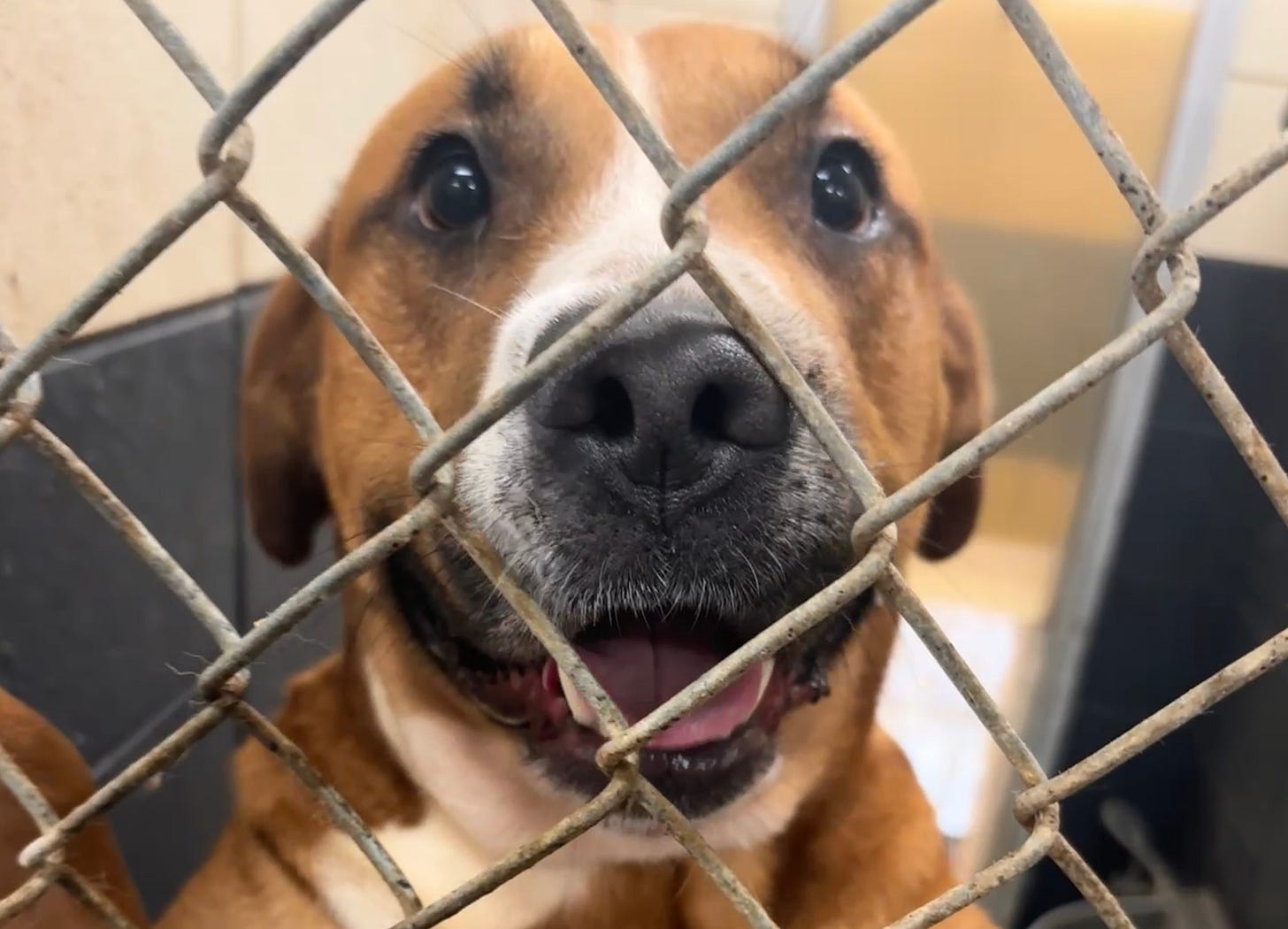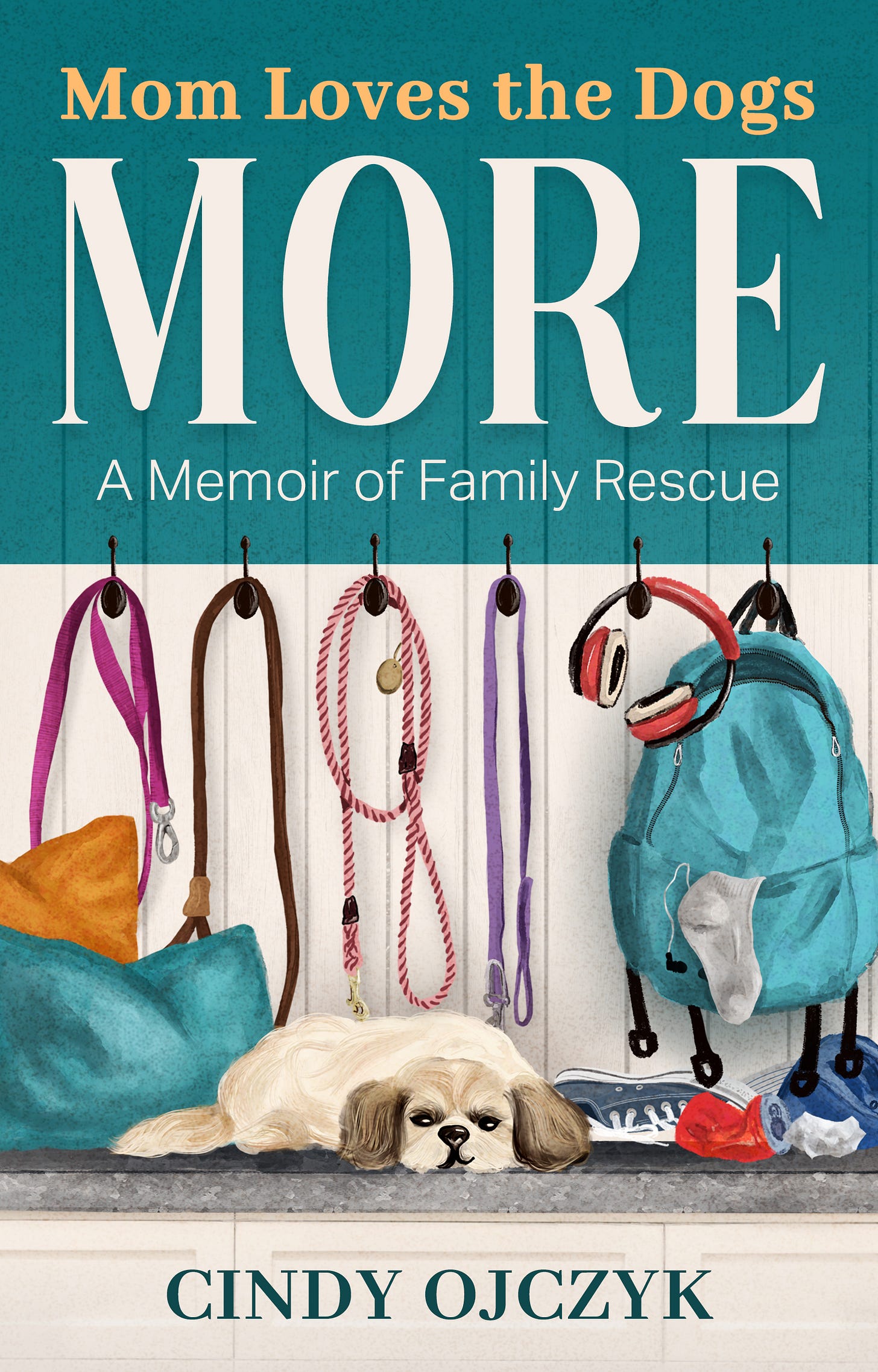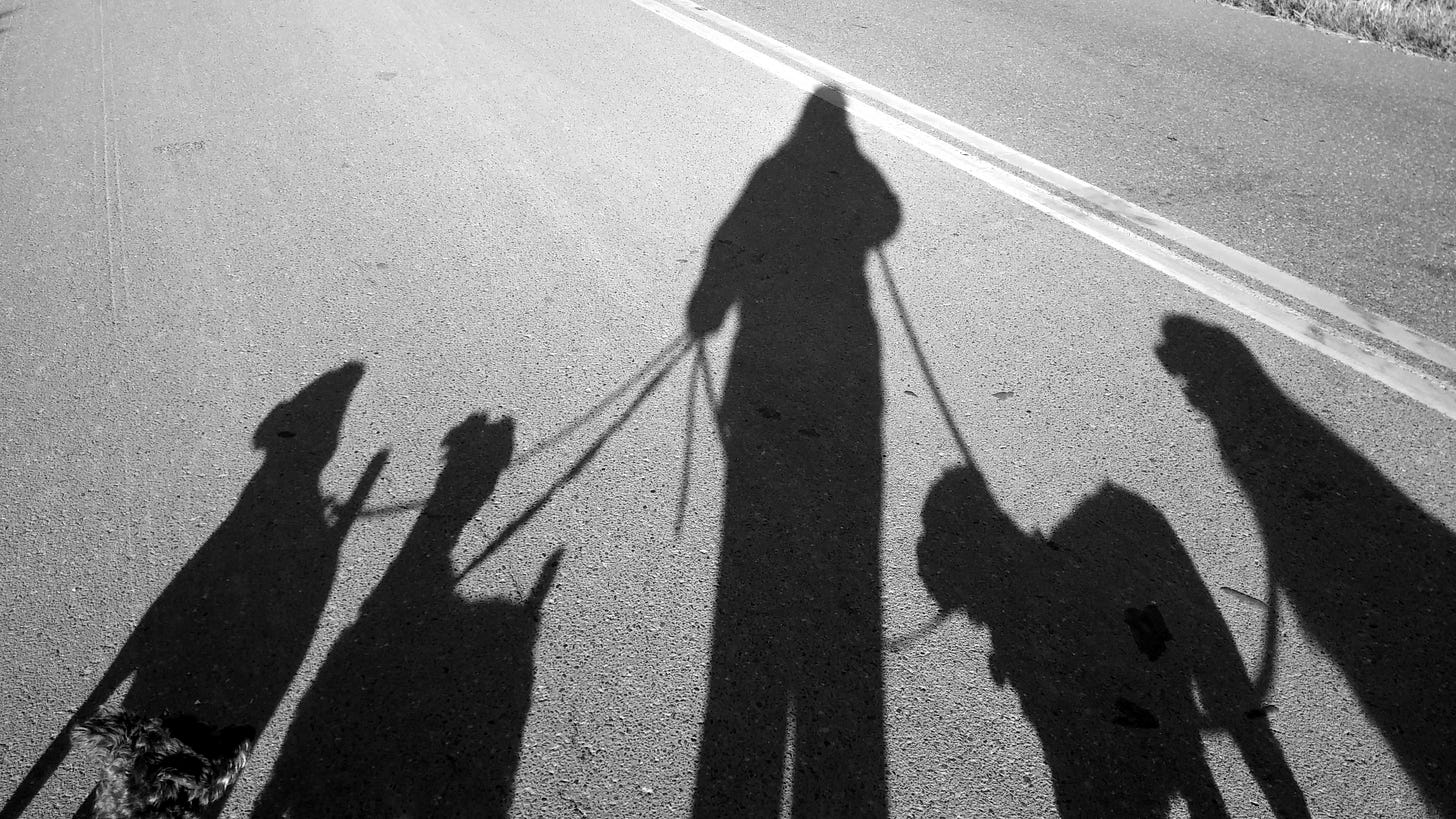Before you read further, I have BIG news! After years of writing, revising, and (yes) cuddling with foster dogs for inspiration… my memoir Mom Loves the Dogs More: A Memoir of Family Rescue is officially launching on September 18, 2025.
When our family fell apart, love—and a few rescue dogs—held it together.
I’m building a book launch team—and I’d love for you to join.
✨ Free advance digital copy
✨ Behind-the-scenes updates
✨ Giveaways + launch party invite
✨ Signed book once print copies arrive
All I ask is that you help spread the word—with a post, a share, or a quick book review.
To learn more about me and the book, visit cindyowrites.com
Ready to join the team?
And now for this week’s story…
A volunteer with whom I was working during a pet wellness event complained loudly about the recent attention given to several local rescue groups. They had managed to capture free media exposure for their collaboration with southern shelters when they flew dogs north in need of rescue.
The social media blitz prior to the event spotlighted the plight of southern shelters overrun with dogs sweltering in heat, humidity, and heartworm-laden mosquitoes. On flight day, news teams swarmed a local airstrip as volunteers and staff bustled about hauling pups in crates from airplane to vans to second chances.
The volunteer complaining at the wellness event had me reflecting on my volunteer work with Who Will Let The Dogs Out (WWLDO). The non-profit’s mission is to raise awareness about the suffering of pets ensnarled in southern shelter systems. WWLDO leaders tour shelters, meet with staff, and share their successes and needs through blog posts, press releases, and social media engagement. They offer mini-grants and help kick-start spay-neuter initiatives. Many shelters who’ve had a WWLDO visit have seen an increase in volunteer support, greater community conversations, and a rise in financial giving.
I suspect many WWLDO volunteers would cheer in appreciation for the lives of southern dogs saved through air transport. Partnerships that enable dogs to be removed from euthanasia lists are worth the hooting and hollering. They also know that celebration can only last so long. Transport doesn’t solve the problem alone. A complex challenge requires an equally complex blend of solutions and acknowledgment that balance is a tricky proposition.
The volunteer who griped to me about the air transport was truly frustrated with the problem at hand. Rural shelters, rescues and impounds in the north are not immune to the shelter crisis plaguing the rest of the country. Families in the north experience similar pressures as those in the south. Job loss, housing loss, deportation, deployment, domestic violence and death impact families everywhere. As shelters and rescues in southern U.S. states have turned to the north for help, opportunities for unhoused northern dogs to find homes can be impacted. These are just a few stories that garnered attention from the press.
Mankato’s Animal Shelters Struggle with Increasing Surrenders and Rising Veterinary Costs
$600,000 invested toward MACC animal shelter as it reaches capacity
Animal shelters are crowded as high costs squeeze pet owners
Pet surrenders soar in Chicago, pushing city shelter to the brink
A scroll through social media channels also highlights the current animal crisis. Pleas to donors and for people to join fostering teams are posted every day. The ability of a shelter or rescue to save lives is limited by shelter size, financial resources, and the number of foster volunteers willing to host a pet in need.
I cheered when that planeload of southern dogs landed, knowing their next path would be filled with second chances. My heart fell seconds later knowing those southern dogs would find homes while some northern dogs would not. Every life is worth saving, but not every life can be saved.
Which leads to the biggest question we should be asking—not who should be saved but why can’t we save them all? Humans created the shelter crisis. We should be able to fix it.
Rather than end this post on a dismal note, it’s my nature to find hope. And hope I found. According to a November 19, 2024 AmeriCorps report, volunteering rates have increased 22% in two years – the largest expansion of formal volunteering ever recorded. If you aren’t part of the statistic, perhaps now would be a good time to join. Many hands make light work.






You raise good questions. The more I learn about animal rescue, the less simple the answers become. Looking forward to your book!
3 thoughts:
1. Congratulations on the book.
2. I have a thought for easing the pet overpopulation crisis in the south. Start with the kids. Get someone into the schools to talk to the kids in an age appropriate way, to talk about the importance of spaying and neutering.
3. If only there was a way to further expand funding for low-cost spaying and neutering and vaccines and whatnot..